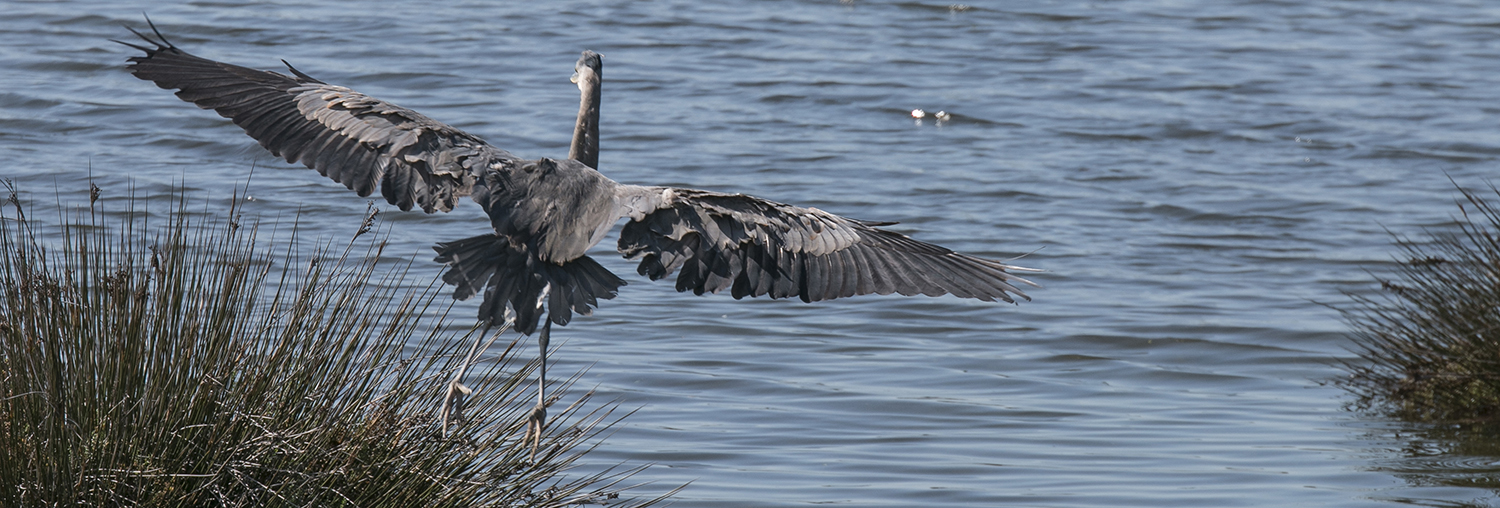Food Hide-and-Seek
How do different wildlife harvest and store supplies for the winter?
Gray Squirrels: These scatter-hoarders tend to hide their pine cones and acorns one at a time in separate locations, often underground. They rely primarily on their sense of smell to relocate their stashes and may also use visual cues and memory. They are just as likely to uncover and raid another squirrel’s cache as their own. Although they do not hibernate, gray squirrels do slow down their activity to help reserve fat stores during the winter months. As they are not always able to relocate their stashes, some of these nuts and seeds are eventually able to germinate and become new trees and plants.
Scrub Jays: These scatter-hoarders store their food in many cache sites in the ground and will sometimes use natural crevices in trees. They tend to hide their food by driving it into the soil with their beaks and then covering it with ground litter, like leaves and loose soil. If a scrub jay suspects another animal has observed where they’ve hidden a food item, they will often go back and re-hide that item when no other animal is looking. They rely on highly refined spatial memory to relocate their food.
Acorn Woodpeckers: One of most prolific of food-hoarding species, acorn woodpeckers will collect thousands of acorns (and other nuts) to store, often in a dead tree. They accomplish this larder-hoarding by working together as a family to collect, maintain and defend their cache. Each acorn is carefully fit into pre-drilled holes, making it difficult for thieves or gravity to snatch them – although, naturally, some do fall and germinate. They tend to search for food within a well-defended territory and will chase off potential thieves like squirrels and other birds.
Published: October 1, 2018








